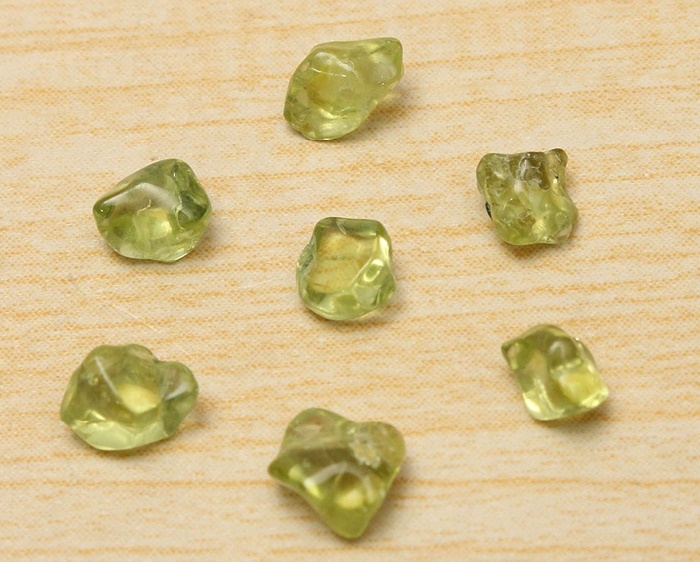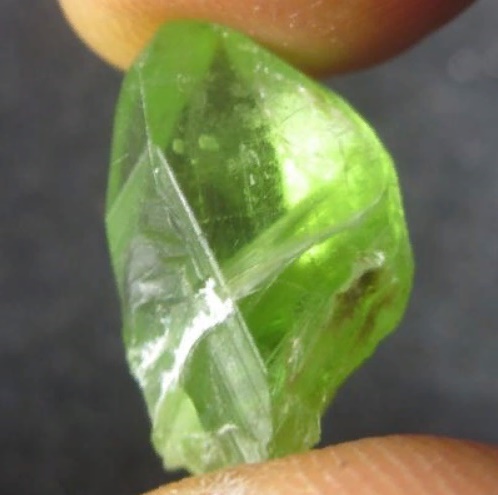Hawaiian Olivine mineral rain
Hawaiian Olivine mineral rain
Once, residents of Hawaii witnessed an unusual phenomenon – a rain of green minerals. In fact, this exciting “kaleidoscope effect” happened due to the eruption of the Kilauea volcano. As a result, beautiful green translucent pebbles – olivine – fell from the sky.
Olivine, caused by the eruption, is a typical high-temperature mineral widely presented in the Earth’s mantle. Jewelry variety of olivine is chrysolite, and it is quite rare in nature. Olivine is one of the most common minerals on Earth.
According to some estimates, more than 50% of the Earth’s upper mantle consists of this mineral or its variations. Nevertheless, the olivine falling from the sky is a rather rare phenomenon.
On Kilauea, lava usually flows out slowly enough, only occasionally small, but sharp bursts occur. The sudden release of lava into the air led to the precipitation of olivine: its particles fell into the air and quickly crystallized.
However, this is not the first “miracle” accompanying the eruption of Kilauea. Earlier, near the volcano, eyewitnesses noticed a blue flame that appeared due to the accumulation of methane.
Called “Papakolea”, or “Green Sands Beach”, the place have become the favorite destination for tourists and photographers. Here, under your feet you can see the real chrysolites.
Hawaiian Olivine mineral rain
The site is on the south coast of the Big Island of the Hawaiian archipelago in the Pacific Ocean. Small pieces of well-rounded chrysolite cover the entire coast. Appeared here as a result of the constant washing of particles from the collapsing slag cone of the Puu Mahan volcano, which is about 49 thousand years old. The denser structure of olivine allows it to remain on the surface of the beach, unlike sand, washed off regularly.
The sun as a source of light plays an important role in the color rendition of the coast. Noteworthy, on cloudy days olivine crystals do not appear greenish, but golden brown or even dark gray.





















